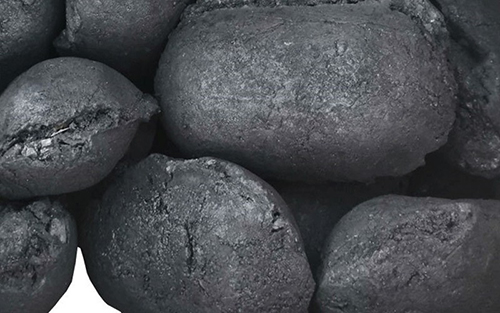How is Soderberg Electrode Paste Baked?
Soderberg electrode paste is a critical component in the aluminum production process. Its unique properties make it indispensable for the smelting of aluminum, but have you ever wondered how this specialized electrode paste is manufactured?
To understand how Soderberg electrode paste is baked, it’s essential to first grasp its primary components:
Coal Tar Pitch: This viscous, carbon-rich material forms the base of the paste. It provides the necessary binding properties.
Calcined Petroleum Coke (CPC): CPC is added to increase the electrical conductivity of the paste, crucial for its performance.
Electrode Baking Powder: This component contributes to the structural integrity of the electrode during the baking process.
Binder: The binder holds everything together, ensuring the paste maintains its form and integrity.
The Baking Process
Step 1: Ingredient Preparation
The journey begins with the precise measurement and preparation of the ingredients. Quality control is paramount here, as any variations can significantly impact the final product’s performance.
Step 2: Mixing and Homogenization
The pre-measured ingredients are carefully mixed to form a homogeneous blend. This step requires rigorous attention to detail to ensure that each component is uniformly distributed within the paste. The result is a consistent, well-balanced mixture.
Step 3: Extrusion
Following the mixing process, the paste is extruded into the desired electrode shape. This stage is crucial for shaping the paste into the cylindrical form required for its application in aluminum smelting.
Step 4: Drying
Before the baking process begins, the freshly extruded electrodes must undergo a drying phase. This removes excess moisture from the paste, preventing potential issues during baking.
Step 5: Baking
The heart of the process lies in baking the electrodes. They are placed in high-temperature ovens, where temperatures can reach up to 1,100 degrees Celsius (2,012 degrees Fahrenheit). This extreme heat serves multiple purposes:
Carbonization: The heat drives off volatile components within the paste, leaving a highly conductive carbon matrix.
Structural Integrity: The intense heat strengthens the electrode, ensuring it can withstand the demanding conditions of aluminum smelting.
Step 6: Cooling
After the baking phase, the electrodes are gradually cooled to room temperature. This controlled cooling process prevents thermal shock and ensures the electrodes maintain their structural integrity.
Quality Assurance
Throughout the entire process, stringent quality control measures are in place. Samples are routinely tested to verify the paste’s physical and chemical properties, guaranteeing consistency and reliability.






